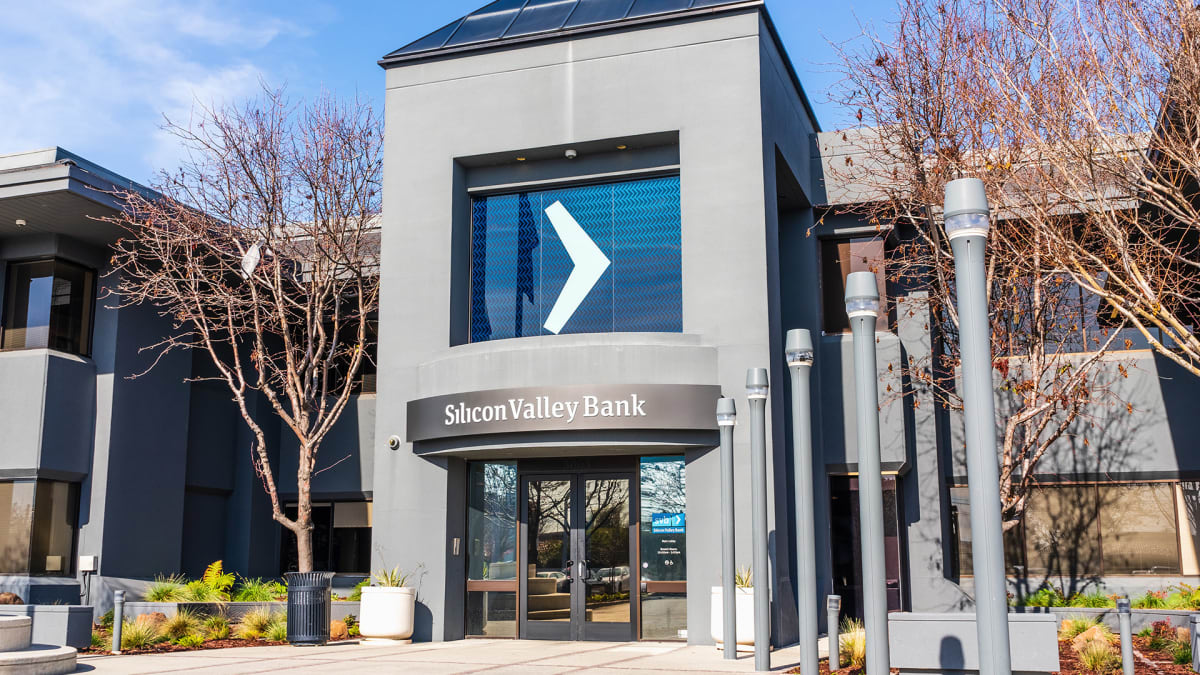
The Federal Reserve said on Friday that it was partly responsible for the collapse of Silicon Valley Bank, citing that it failed to "take forceful enough action” and lacked urgency.
Silicon Valley Bank was shut down by the Federal Deposit Insurance Corp. on March 10.
The Fed also said that the Silicon Valley's management and board also were responsible for not managing their risks.
DON'T MISS: FDIC: Signature Bank Failed Due to Poor Management
The review, which was overseen by Michael Barr, the Fed’s vice chair for supervision, cited four reasons for SVB's collapse and said more oversight of the bank should have occurred, showing that there was “weaknesses in regulation and supervision that must be addressed.”
“Regulatory standards for SVB were too low, the supervision of SVB did not work with sufficient force and urgency, and contagion from the firm’s failure posed systemic consequences not contemplated by the Federal Reserve’s tailoring framework,” Barr wrote in the report.
SVB's Bank Deposits Rose Too Fast
The review of SVB's failure was hundreds of pages and illustrated how the bank's deposits grew too quickly, similar to Signature Bank in New York.
The FDIC said on Friday that Signature Bank failed due to poor management and "unrestrained growth without adequate risk management practices; funded growth through an overreliance on uninsured deposits."
The failure of Silicon Valley Bank led to its parent company, SVB Financial, filing for bankruptcy protection on March 17. The bank's assets were not included in the filing. The Chapter 11 filing is the largest bankruptcy for a bank since Washington Mutual filed in 2008.
The FDIC and the Federal Reserve said on March 12 they would ensure that all depositors would receive their money, even the ones that had balances over the $250,000 FDIC-insured threshold.
First Citizens BancShares, a North Carolina bank, acquired SVB on March 26 in a deal that included $72 billion in loans at a discount of $16.5 billion and the bank’s deposits that were worth $56 billion.
SVB was the second-largest bank failure in U.S. history and has shaken many investors. It was the result of a bank run, caused by the firm’s announcement that it failed to raise the additional capital to increase liquidity. The bank made investments into long-dated government securities, including Treasury securities. When depositors demanded their funds, the bank sold the securities, taking a $1.8 billion loss.
Federal Reserve Supervisors Should Have Intervened Quicker
SVB did not have enough intervention from Federal Reserve supervisors who took too long to deal with problems they were aware of and missed other ones that should have been easily recognizable, the Fed said in its report.
"When supervisors did identify vulnerabilities, they did not take sufficient steps to ensure that Silicon Valley Bank fixed those problems quickly enough," the Federal Reserve said.
The Fed said the fourth reason SVB collapsed was due to the "Board's tailoring approach in response to the Economic Growth, Regulatory Relief, and Consumer Protection Act and a shift in the stance of supervisory policy impeded effective supervision by reducing standards, increasing complexity, and promoting a less assertive supervisory approach."
Supervision by the Fed must increase in the aftermath of SVB's collapse, Barr said.
"Following Silicon Valley Bank's failure, we must strengthen the Federal Reserve's supervision and regulation based on what we have learned," he said. "This review represents a first step in that process — a self-assessment that takes an unflinching look at the conditions that led to the bank's failure, including the role of Federal Reserve supervision and regulation."
The report discusses other issues such as management of the bank and the supervisory and regulatory issues surrounding the failure of the bank and the recent supervisory history of SVB.
The Fed said the report includes more than two dozen documents containing the bank's confidential supervisory information such as supervisory letters, examination results, and supervisory warnings.
"I welcome this thorough and self-critical report on Federal Reserve supervision from Vice Chair Barr," Federal Reserve Chair Jerome Powell said. "I agree with and support his recommendations to address our rules and supervisory practices, and I am confident they will lead to a stronger and more resilient banking system."
The report chronicles SVB's growth of deposits and also discussed the challenges the supervisors from the Fed faced in "identifying the bank's vulnerabilities and forcing the bank to fix them," the central bank said.
Plenty of warnings were issued by the Fed's regulators, sounding alarms of several red flags.
"At the time of its failure, the bank had 31 unaddressed safe and soundness supervisory warnings—triple the average number of peer banks."
Action Alerts PLUS offers expert portfolio guidance to help you make informed investing decisions. Sign up now.






